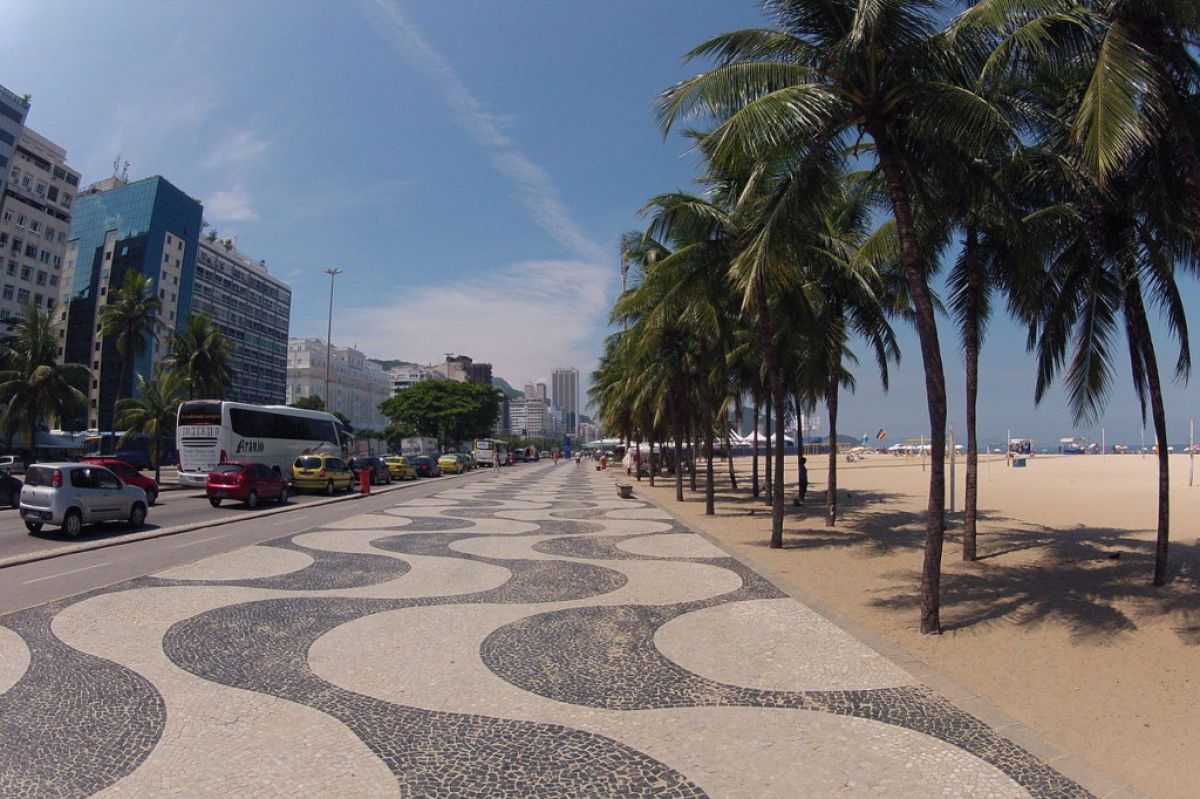The New York Botanical Garden outdid itself when it mounted its 2019 exhibit that honored Brazil’s greatest landscape designer 25 years after his death. The title of the exhibit was “Brazilian Modern: The Living Art of Roberto Burle Marx.”
There was an entire tropical garden recreated, in the Bronx, with fragrant and colorful plantings including “numerous flowering plants and philodendrons that Marx himself was the first to identify.”
Marx’s protégée Raymond Jungles designed this garden, capturing mentor’s style using the concrete promenades that were always featured in paintings that Marx drew prior to planting.
In his review of the exhibit Jason Farago noted it was the largest ever mounted by the New York Botanical Garden, which has had a century-long involvement with plant conservation in Brazil. He noted the use of “a sinuous black and white concrete ribbon echoing Marx’s boardwalk along Rio’s Copacabana beach and the grouping of flower beds into bright monochromatic bands of purple, green, red and orange, undulating alongside the promenade.”
There were a great many plant species native to Brazil that were featured in the exhibit, and Marx himself first introduced 20 of them.










